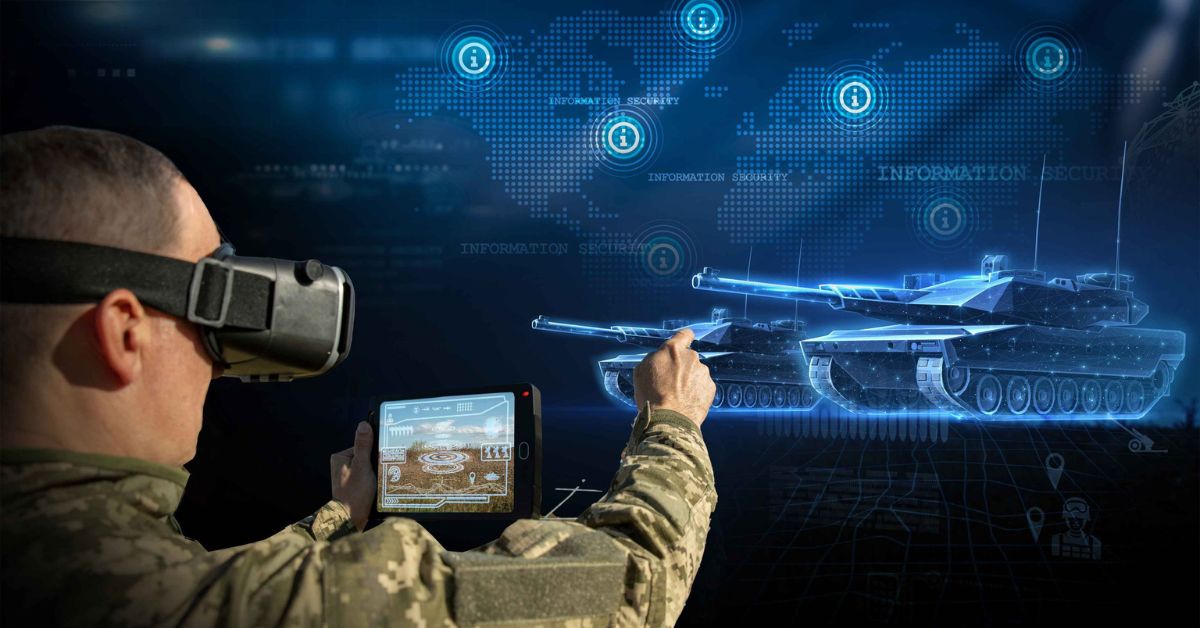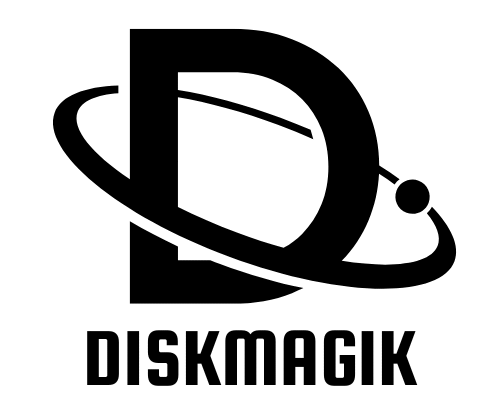How Defense Data Analytics is Transforming Military Decision-Making

In today’s rapidly evolving global security landscape, the ability to process and analyze vast amounts of information is crucial for military and defense operations. The integration of defense data analytics has transformed how armed forces gather intelligence, plan operations, and make critical decisions in real-time. By leveraging advanced technologies such as artificial intelligence (AI), machine learning (ML), and big data analytics, defense organizations can enhance situational awareness, anticipate threats, and optimize strategic outcomes.
This article explores how defense data analytics is revolutionizing military decision-making, highlights real-world applications, and identifies top companies providing solutions in this domain.
Understanding Defense Data Analytics
Defense data analytics refers to the systematic examination and interpretation of vast datasets generated from multiple sources, including satellite imagery, radar feeds, surveillance videos, sensors, and communication networks. The goal is to extract actionable insights that support operational readiness, threat assessment, and strategic planning.
By analyzing patterns and trends within these datasets, defense agencies can improve the accuracy of intelligence reports, streamline logistics, and support mission-critical decisions. Moreover, the integration of AI and machine learning enables the automated detection of anomalies, predictive threat modeling, and scenario simulations, thereby drastically reducing the reliance on manual analysis.
Key Benefits of Defense Data Analytics
1. Enhanced Situational Awareness
One of the most critical advantages of defense data analytics is its ability to provide a comprehensive view of operational environments. By consolidating data from multiple sources, military commanders can identify potential threats, monitor troop movements, and evaluate terrain conditions with precision.
Advanced analytics tools enable real-time monitoring of activities in conflict zones, ensuring that decisions are based on accurate, up-to-date information rather than assumptions or outdated intelligence.
2. Predictive Decision-Making
Defense analytics allows organizations to anticipate potential risks and outcomes. For instance, predictive models can forecast enemy maneuvers, resource needs, or equipment failures. By leveraging Use Cases of Gen AI in Defense Tech & National Security, military operations can simulate different scenarios, assess potential consequences, and choose optimal strategies.
This proactive approach enhances operational efficiency, reduces resource wastage, and increases the likelihood of mission success.
3. Improved Operational Efficiency
Defense operations often involve complex coordination between multiple units, supply chains, and technologies. By analyzing data streams, defense agencies can identify bottlenecks, optimize logistics, and streamline command structures.
For example, predictive maintenance of military vehicles and aircraft can be achieved through data analytics, minimizing downtime and ensuring equipment readiness during critical missions.
4. Ethical and Bias Considerations in AI
As AI becomes integral to defense data analytics, addressing ethical challenges and bias is paramount. Models trained on biased datasets can lead to erroneous threat assessments or operational missteps. Military organizations are increasingly adopting Bias Mitigation in GenAI for Defense Tech & National Security strategies to ensure AI systems provide fair, accurate, and reliable outputs.
By implementing bias mitigation protocols, defense agencies can uphold ethical standards while maintaining operational effectiveness.
5. Enhanced Intelligence Gathering
Defense data analytics enhances intelligence collection by processing satellite imagery, drone footage, and surveillance video. Image recognition algorithms identify targets, track movements, and detect anomalies in real-time. This intelligence enables commanders to make timely, informed decisions, strengthening national security.
Additionally, integrating structured and unstructured data, from sensor logs to social media feeds, creates a holistic understanding of operational environments and potential threats.
Real-World Applications
Autonomous Surveillance Systems
Modern militaries are deploying drones and unmanned vehicles equipped with advanced sensors and analytics capabilities. These systems collect high-resolution imagery, which is processed using computer vision to detect suspicious activity or potential hazards, minimizing human risk.
Threat Prediction and Risk Analysis
Predictive analytics helps military leaders anticipate enemy tactics, supply shortages, or environmental risks. By analyzing historical and real-time data, commanders can adjust strategies proactively, improving mission success rates.
Logistics and Resource Management
Data analytics supports the optimal deployment of troops, vehicles, and supplies. Predictive modeling ensures that resources are allocated efficiently, reducing operational costs while maintaining readiness.
Cybersecurity and Defense Intelligence
Defense agencies also rely on analytics to monitor digital threats, detect anomalies in network traffic, and prevent cyberattacks. Real-time analysis of security logs enables rapid response to potential breaches.
Top 5 Companies Providing Image Annotation Services for Defense Applications
Image annotation plays a critical role in preparing defense datasets for AI and computer vision applications. The following companies are recognized for their expertise in providing high-quality, scalable image annotation services:
- Digital Divide Data (DDD) – Offers end-to-end annotation services for defense, AI, and computer vision projects.
- Appen – Specializes in image labeling, video annotation, and AI training datasets for defense and security.
- iMerit – Provides annotation and data enrichment services for surveillance, autonomous systems, and defense analytics.
- Scale AI – Delivers large-scale, precise annotations for computer vision models used in defense applications.
- Lionbridge AI – Supports image and video annotation for AI systems across defense, autonomous vehicles, and robotics.
These companies empower defense organizations by providing reliable datasets that improve AI model accuracy, reduce bias, and accelerate the deployment of advanced solutions.
Conclusion
The strategic value of defense data analytics in modern military operations cannot be overstated. By harnessing advanced AI, machine learning, and data processing technologies, defense agencies gain unparalleled situational awareness, predictive capabilities, and operational efficiency.
From autonomous surveillance and predictive threat modeling to resource optimization and ethical AI implementation, analytics is transforming how military decisions are made. With the support of leading service providers like Digital Divide Data and other industry experts, defense organizations can leverage high-quality data, implement bias mitigation, and unlock the full potential of AI-driven solutions.
As global security challenges continue to evolve, defense data analytics will remain a cornerstone of strategic decision-making, ensuring that armed forces can respond effectively, efficiently, and ethically to emerging threats.
Also Read: Kennedy Funding Ripoff Report: Truth, Complaints & What You Should Know Before Borrowing






